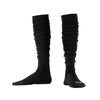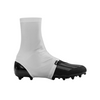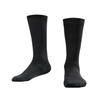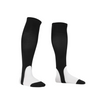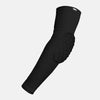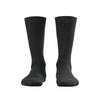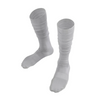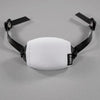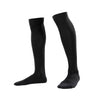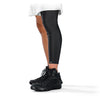A Few of the Places That “Beat” the Coronavirus and How They Did It
As of the most recent report available from the Centers for Disease Control and Prevention, in late June, 2020, only a handful of countries on the planet were reporting no cases of COVID-19. These included North Korea and Turkmenistan, nations that are not revered for their transparency to the outside world.
This is very much a pandemic, with cases of the coronavirus reported on every continent on earth except for Antarctica – and indeed the researches stationed there dodged the virus by a narrow window: in April, a cruise ship headed toward Antarctica was diverted and more than half of its passengers later tested positive for COVID-19.
So how is it that as daily coronavirus infections in America, Brazil, and many other nations on earth continue to rise, other nations have seen their numbers fall so dramatically that they can essentially claim to have won their fight against COVID-19? To put it simply, they took it seriously.
As of late June, 2020, New Zealand was reporting absolutely no community transmission of coronavirus in the nation. Yet the Director-General of Health, Dr. Ashley Bloomfield, did dutifully report three new cases of COVID-19 in New Zealand on June 25th. How is it that the country can report new cases without transmission? The new cases were a trio of people entering the country under careful monitoring and who were quickly put into isolation to let the virus run its course, thus keeping Kiwis safe from spread.
New Zealand has effectively beaten COVID-19 by taking their response to the virus quite seriously and by responding quickly and aggressively. In mid-March, New Zealand closed its borders to non-nationals. Near the end of the same month, they implemented a near total lockdown on movement even within the country. Except to buy food or seek medical care, the people of New Zealand just stayed home. The transmission numbers plummeted, and within a matter of weeks, the country experienced a period of more than three weeks with no new cases. (In mid-June, the first new cases in weeks appeared, both in the form of visitors from abroad, the travel restrictions loosened, and as noted, new cases since the spring have only come in the form of visitors from abroad.)
In Taiwan, the coronavirus success story was all about data. The government of Taiwan is well-versed at using advanced technology, and the country’s health officials quickly employed data mapping analytics to track the outbreak as it developed and create models they could use to curb the coronavirus in Taiwan by predicting how and where the virus would spread. The country’s integrated data and use of AI also allowed for quick assessment of millions of citizens’ health records, the monitoring of visitors to and travelers within Taiwan, and even cellphone record monitoring to make contact tracing easier.
Nearby, in Hong Kong, the COVID-19 spread was largely curtailed thanks to a populace that willingly embraced arguably the simples self- and community-protection measure possible: they wore masks. (And continue to, as well.)
Hong Kong saw an approximate 99% compliance with mask wearing recommendations, and as the wearing of a face mask is highly effective at stopping community spread, the numbers feared in Hong Kong never materialized.
For a bit of clarity on how effective face masks are at preventing the spread of the coronavirus, health officials predict that if approximately 95% of Americans would just wear a face mask when in public for the next few months, about 33,000 deaths could be avoided by October 1st, 2020. Other models with current re-opening in many states and spotty mask wearing and social distancing predict more than 180,000 total coronavirus deaths in America by thaty same October date without better use of masks.

